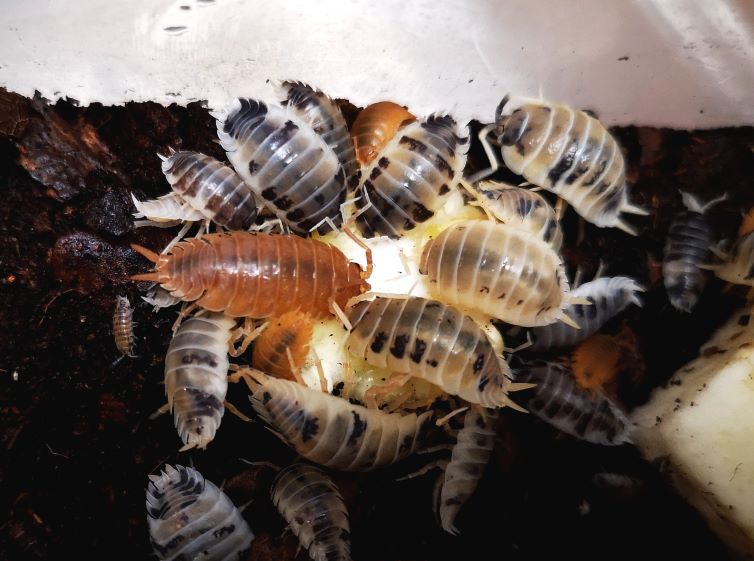These beautiful creatures are isopods known as Porcellio laevis – a species which occurs in many different colour forms! In the wild this species is very common in Europe and many other areas of the world but, as in many animal species, not all of the colour forms are found commonly in the wild as they have been selectively bred in captivity.
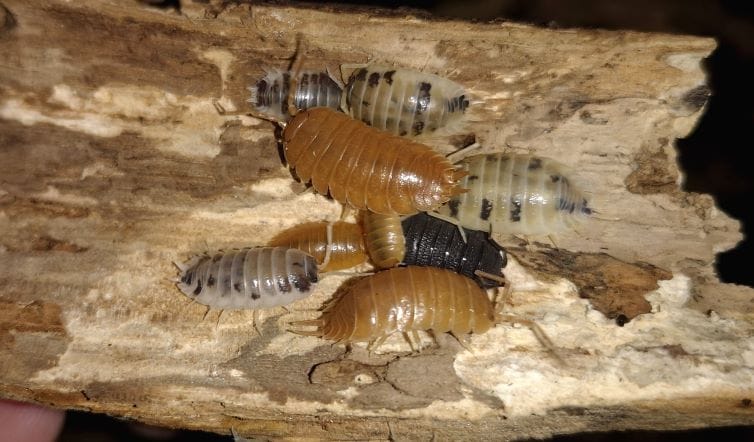
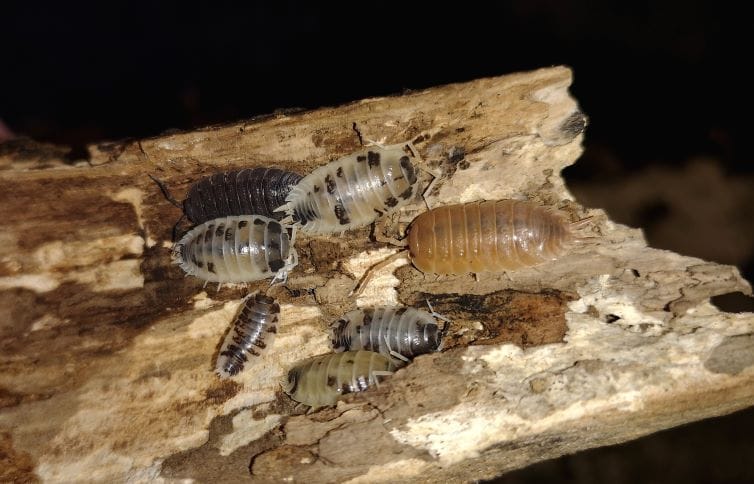
You can see in the pictures above that there are three distinct colour forms here in my collection. The dark grey form is the natural wild type colouration, which we can find in our own gardens here in the UK, whereas the other two are quite different. The first is known commonly as Porcellio laevis ‘dairy cow’ due to its similarity to the Friesian breed of cow. I have lots of this type here and they are quite prolific breeders as well!
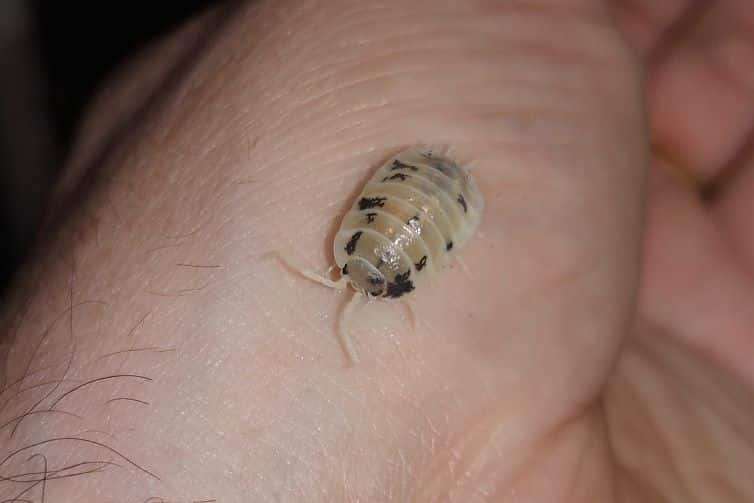
The second colour form is known as Porcellio laevis ‘giant orange’ and, as the name suggests, it is a distinctive orange colour form. They are very beautiful and quite a bit larger than the typical grey woodlice we see in our gardens here in the UK.
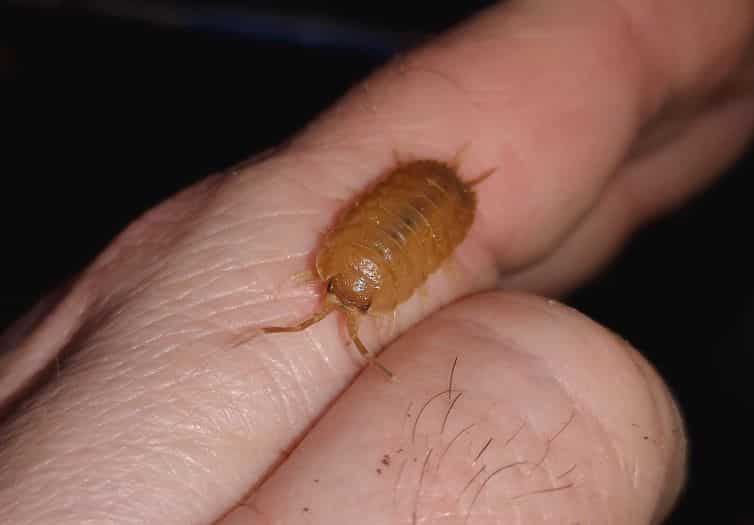
Like most terrestrial isopods they prefer dark, damp conditions in general and within their enclosure they have a large number of pieces of bark and other hiding places. When you turn these over you are always greeted with a large number of animals clinging onto the underside!
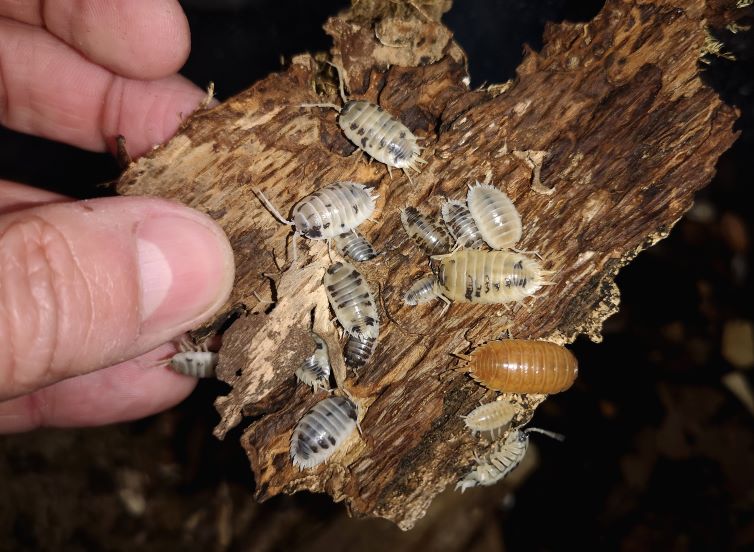
In the wild these isopods eat a huge range of different foods, ranging from dead leaves & rotten wood (which makes up a large part of their diet) to fresh fruit & vegetables to dead animals and even poo! Here are a group of them swarming around a piece of baby corn, which they certainly seem to love!
